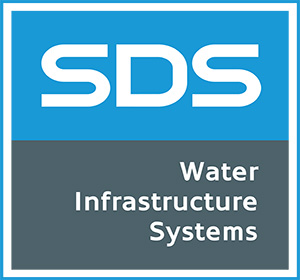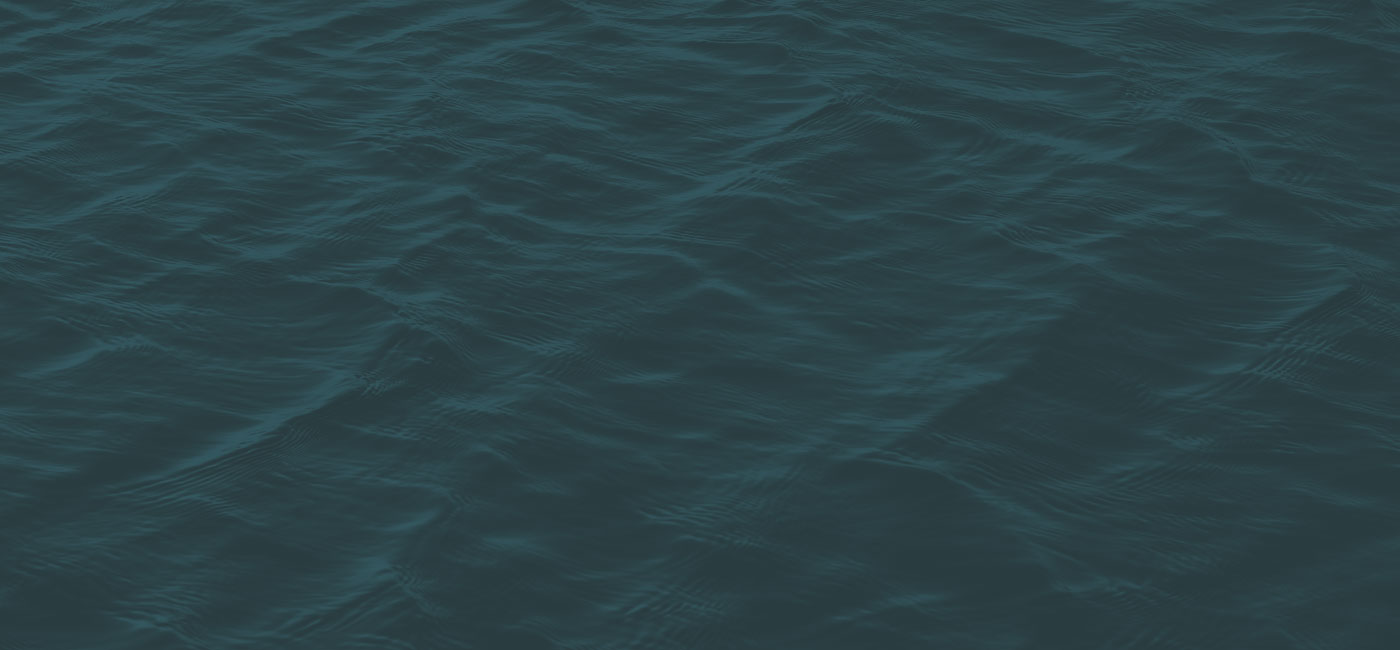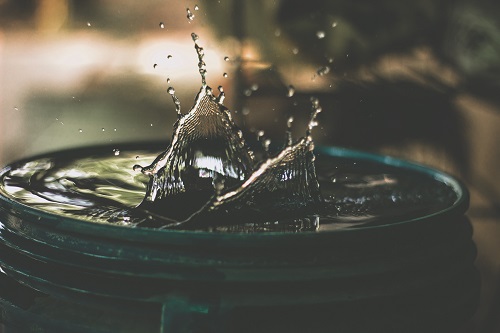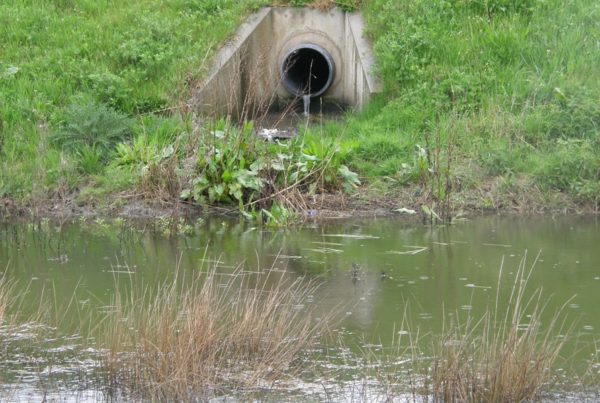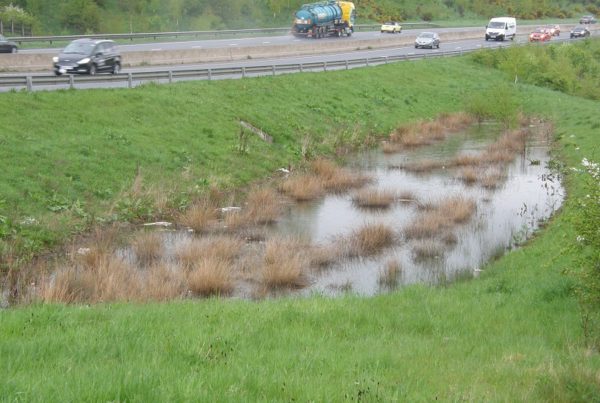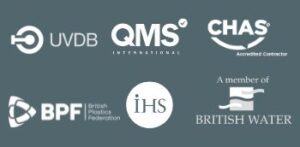In an article featured in wwtonline.com, Mark Manning, SDS Business Development Manager, proffers a more sustainable approach to surface water:
“Water Companies have a huge stake in how surface water is managed. Their sewer networks carry the stormwater load and are the last line of defence against flooding during heavy storms. At the same time, rainwater collection and re-use is their stock-in-trade.
So, it would be logical, would it not, for them to be in the vanguard of any attempts to prevent surface water from entering the network in the first place? More so than ever, given the challenges of over-capacity.”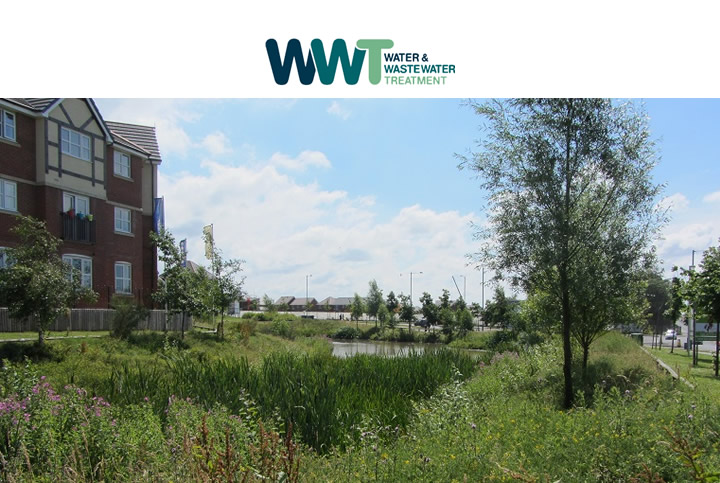
“Yet, neither regulation nor resources have encouraged Water and Sewerage Companies (WASCs) to own and adopt surface water assets and, in particular, Sustainable Drainage Systems (SuDS) in the past. Instead, organisational culture has focused around the separate streams of potable supply and wastewater collection and treatment.
So, what is sustainable drainage? In order to answer this question, think about what unsustainable drainage looks like: directing rainwater into sewers causes flood risk, unnecessary levels of wastewater treatment and the potential for pollution via combined sewer overflows.
Opportunities to collect and recycle rainwater at source are missed while heavily-treated water is conveyed over long distances and used for non-potable purposes.”
